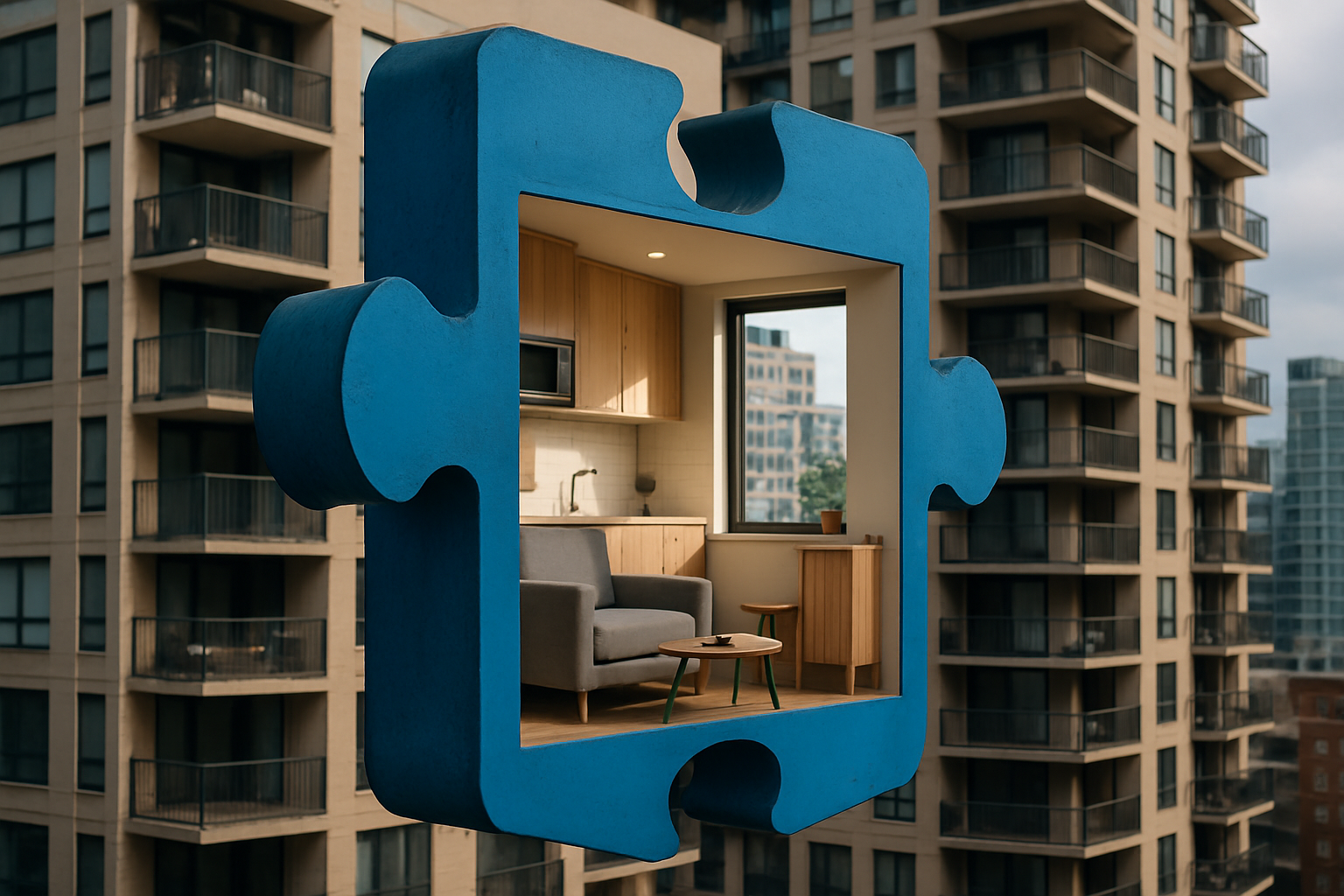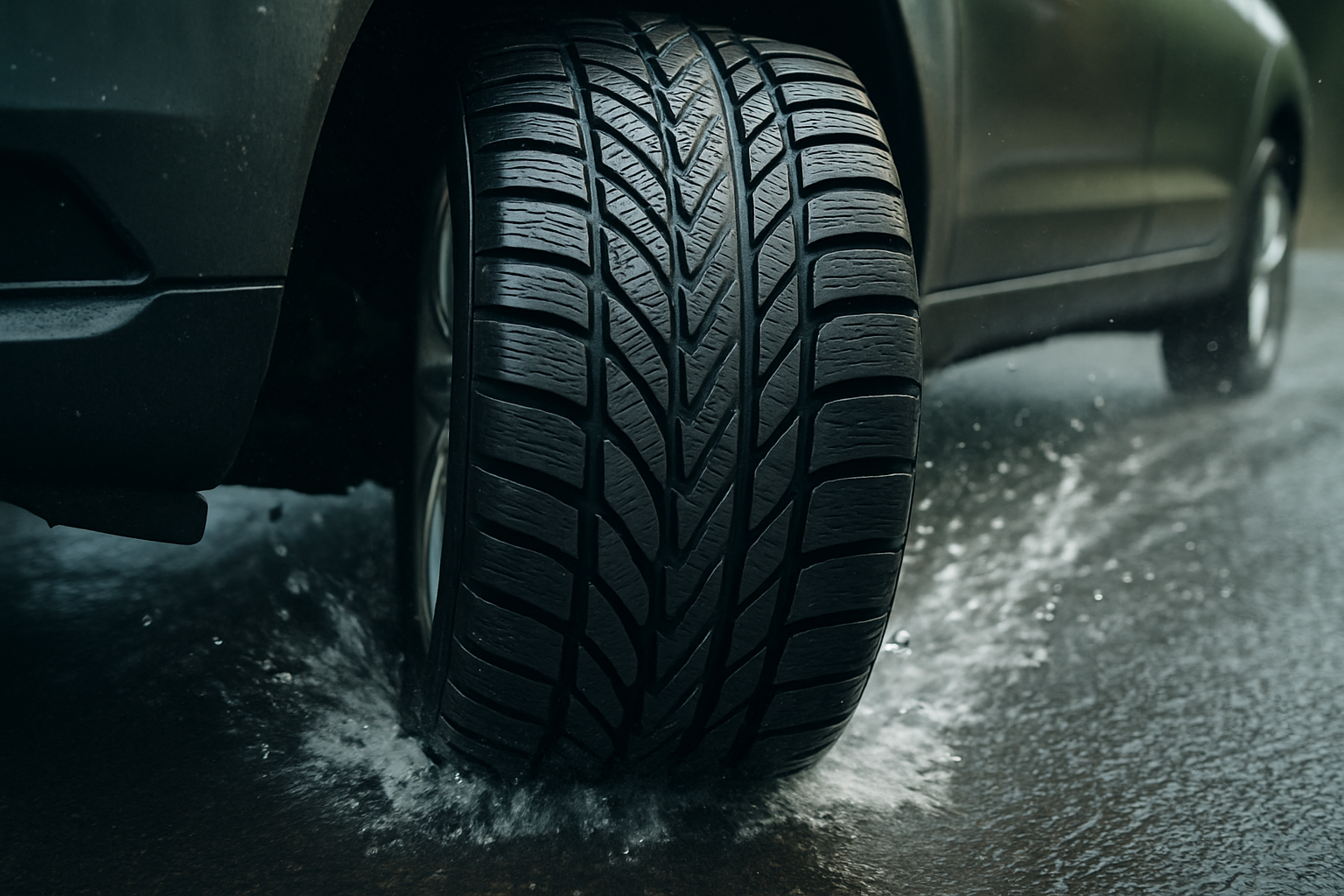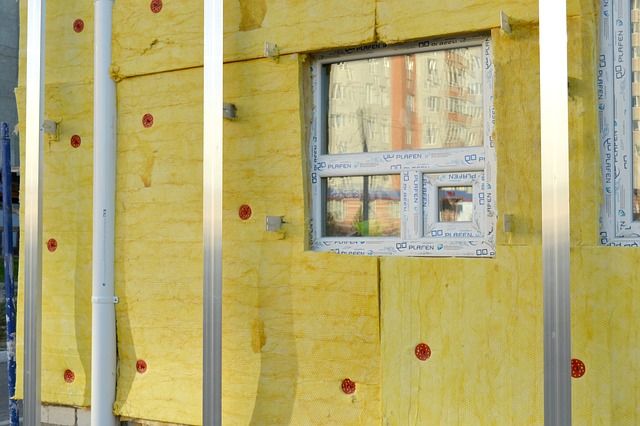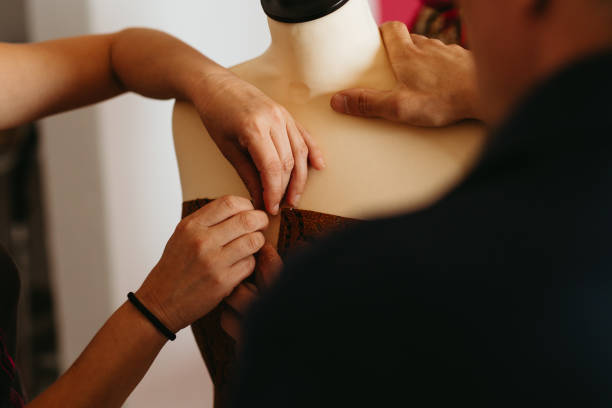Prefabricated Homes with Full Equipment – Explore 2025 Pricing Options
Prefabricated homes continue to gain attention as a practical and efficient housing choice. In 2025, updated pricing and design options make these fully equipped units a viable solution for a variety of lifestyles. Whether you are planning a permanent residence or a seasonal retreat, prefab homes offer flexibility with a range of layouts and included features.

What Updates Can We Expect in 2025 Prefab Home Layouts?
Modern prefab home layouts in 2025 emphasize open-concept living spaces, multi-functional rooms, and integrated smart home technology. Manufacturers are incorporating flexible floor plans that can adapt to changing family needs, with moveable walls and convertible spaces becoming standard features. Energy-efficient designs now include passive solar orientation, enhanced insulation systems, and seamless integration of renewable energy components. Contemporary layouts also prioritize indoor-outdoor connectivity through larger windows, sliding glass doors, and covered outdoor living areas that extend usable space.
The latest prefab designs feature dedicated home office spaces, recognizing the growing trend of remote work. Kitchen islands with integrated technology hubs, hidden storage solutions throughout the home, and wellness-focused elements like improved air filtration systems are becoming standard inclusions in 2025 models.
How Are Prefabricated Houses Designed for Quick Setup and Long-Term Use?
Prefabricated houses achieve rapid installation through precision manufacturing and standardized connection systems. Factory construction occurs simultaneously with site preparation, reducing overall project timelines from months to weeks. Modular components arrive with pre-installed plumbing, electrical systems, and interior finishes, requiring only foundation connections and utility hookups on-site.
Long-term durability comes from controlled factory environments that ensure consistent quality and weather-protected assembly. High-grade materials, including engineered lumber, steel framing systems, and advanced moisture barriers, provide structural integrity that often exceeds traditional construction standards. Quality control processes during manufacturing eliminate common construction defects, while standardized building practices ensure proper installation of critical systems.
What Equipment Options Are Available in 2025 Prefab Homes?
Today’s prefab homes come equipped with comprehensive packages that include essential appliances, smart home systems, and energy-efficient utilities. Standard equipment typically features ENERGY STAR certified appliances, LED lighting throughout, programmable thermostats, and high-efficiency HVAC systems. Many manufacturers now include smart home hubs, integrated security systems, and pre-wired infrastructure for home automation.
Kitchen packages often include induction cooktops, convection ovens, dishwashers, and refrigerators designed for optimal space utilization. Bathroom equipment features water-efficient fixtures, ventilation systems, and modern vanities with integrated storage. Upgraded packages may include solar panel systems, electric vehicle charging stations, whole-house water filtration, and advanced climate control zones.
How Can Prefab Homes Be Tailored to Different Space and Location Needs?
Customization options allow prefab homes to adapt to various lot sizes, climate conditions, and local building requirements. Manufacturers offer modular add-ons, including additional bedrooms, expanded living areas, and specialized spaces like workshops or studios. Foundation systems can accommodate sloped lots, flood-prone areas, or regions with specific seismic requirements.
Regional adaptations include enhanced insulation for cold climates, hurricane-resistant features for coastal areas, and fire-resistant materials for wildfire-prone regions. Utility connections can be modified for off-grid locations, incorporating larger solar arrays, battery storage systems, and alternative water management solutions. Exterior finishes and architectural styles can be selected to complement local aesthetics and comply with homeowners association requirements.
How Do 2025 Prefab Home Prices Compare Across Configurations?
| Configuration | Provider | Size Range | Price Estimation |
|---|---|---|---|
| Basic Single-Story | Clayton Homes | 1,200-1,800 sq ft | $80,000-$150,000 |
| Two-Story Family | Champion Homes | 1,800-2,500 sq ft | $120,000-$220,000 |
| Luxury Modular | Blu Homes | 2,000-3,500 sq ft | $200,000-$400,000 |
| Tiny Home | Tumbleweed Houses | 200-600 sq ft | $65,000-$120,000 |
| Custom Multi-Module | Method Homes | 1,500-4,000 sq ft | $180,000-$500,000 |
Prices, rates, or cost estimates mentioned in this article are based on the latest available information but may change over time. Independent research is advised before making financial decisions.
Pricing varies significantly based on size, equipment level, customization, and regional factors. Basic configurations with standard equipment packages offer the most affordable entry point, while luxury models with premium finishes and advanced technology command higher prices. Installation costs, site preparation, and local permits add approximately 20-40% to base home prices, depending on location complexity and local labor rates.
The total investment for a move-in ready prefab home typically ranges from $100 to $300 per square foot, including installation and basic site work. This compares favorably to traditional construction costs of $150 to $400 per square foot in most markets, making prefab homes an attractive option for budget-conscious buyers seeking quality construction and modern amenities.
Financing options have expanded significantly, with many manufacturers offering in-house financing programs and partnerships with specialized lenders familiar with prefab construction. Government programs and energy efficiency rebates can further reduce overall costs, making 2025 prefab homes accessible to a broader range of homebuyers seeking efficient, well-equipped housing solutions.




